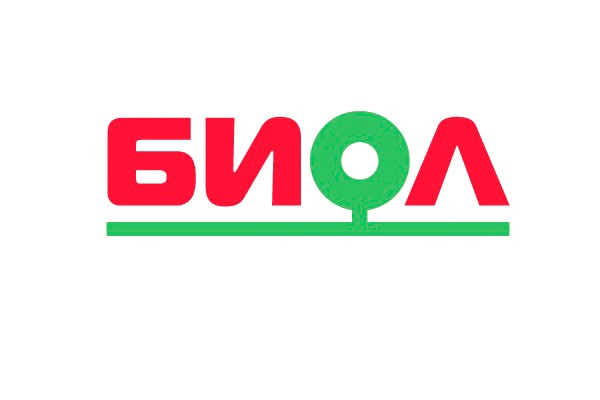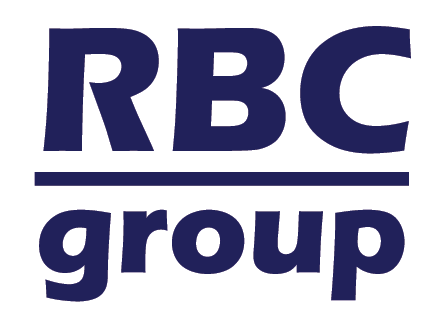
Description
BIOL LLC is a leading manufacturer of cast aluminum and cast iron cookware, which is known on the markets of Ukraine, CIS countries and Europe more than 18 years.
The range of products is very wide: frying pans, saucepans, roasters, casseroles, kazans.
Research work, market analysis, innovation implementation and renewal of products range, which are proceeding on a regular basis, form the basis for a positive image of the Company.
